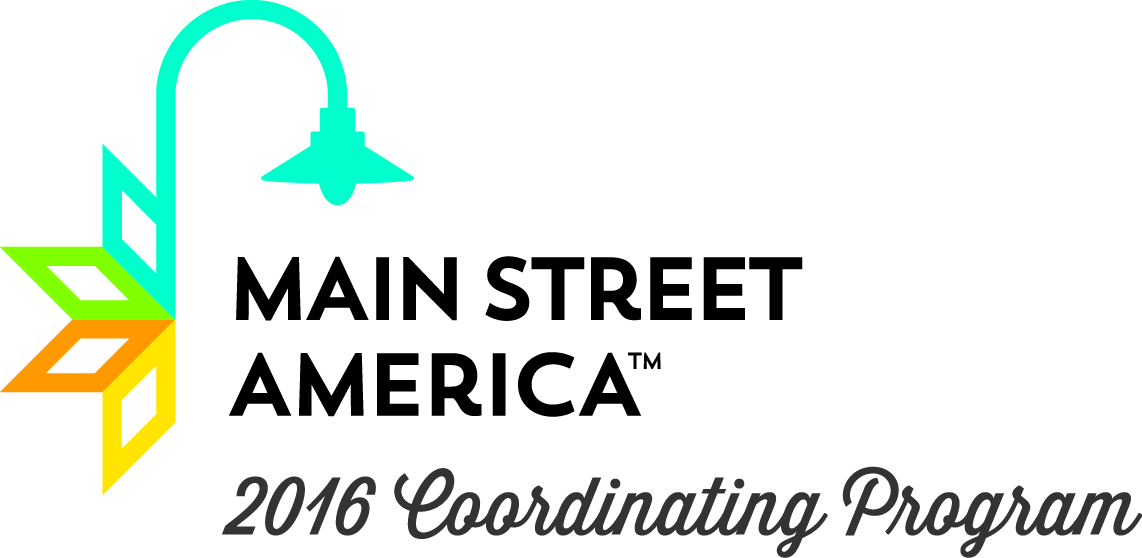Becoming a MSNJ Community

MSNJ Designation/Selection
Application rounds typically take place every two years, with the last Associate Tier application round occurring in 2014. Communities may apply for traditional designation or Associate Tier selection as the State budget permits. MSNJ is NOT a grant program- it is a technical service and capacity building program using local volunteer resources. Please see our technical services menu for MSNJ communities for more information on how participating in this program could benefit your community.
MSNJ Community Characteristics
The Main Street Approach is a terrific and effective framework for addressing commercial district revitalization. But how do you know if Main Street designation is right for your downtown or neighborhood business district or if your community is ready to take on a Main Street program? You'll first need the right attitude toward revitalization and some nuts-and-bolts ingredients in order to make the program successful. Consider the following:
Business District
Is your commercial district a traditional business district?
While any commercial district could achieve success using the Four Points, Main Street is intended for traditional business districts. You should have a good concentration of older or historic buildings remaining to give yourself a base of structures to work with. Newer, low density automobile-oriented commercial developments, strip shopping centers, or enclosed shopping malls may want to borrow techniques from the Main Street Approach, but they really aren't appropriate for consideration as a designated Main Street district.
Business Concentration
Do you have a decent concentration of businesses remaining in your commercial district?
You're much more likely to have success with Main Street if you have a core of businesses remaining in your commercial district. This gives you an economic base on which to build. While it's not impossible to revive a completely vacant commercial district, it is considerably harder to attract investment to such a district.
Revitalization
Are you committed to addressing Main Street 's revitalization in a comprehensive and incremental way?
To be successful, stakeholders need to understand and be committed to the importance of working simultaneously in each of Main Street 's Four Points. The community also needs to understand that the program achieves success incrementally, and that initially making smaller changes in the commercial district will lead to larger achievements and more sophisticated projects over time. With that in mind, the MSNJ program requires a minimum four (4)-year commitment to the process for a local program to be designated.
Support
Do you have a broad base of support for a local Main Street program?
You need a balance of public and private participants -- and funding -- in order to make the program succeed. That means that in addition to the traditional participants in Main Street revitalization -- business and property owners and city officials -- non-traditional participants need to be engaged in the revitalization effort, too. Will you be able to pull in residents, civic associations, schools and other institutions, banks, utilities, media, and more to help with the program? It is absolutely essential that your Main Street program be as inclusive as possible with a broad and varied cross-section of the community committed to assisting and supporting the program.
Cooperation
Can participants agree?
The first hurdle is agreeing whether or not to pursue a designated Main Street program. Beyond that, participants also need to be willing to discuss and come to agreement about a myriad of issues and projects that affect the commercial district. To be successful, local stakeholders must believe in the value of a consensus-driven program and reject the traditional notion that one or two people should call all the shots on Main Street . While this requires good processes and sometimes lengthy discussions to reach agreement, the result is a lasting and positive change on Main Street about which the entire community feels good.
Resources
Do you have adequate human and financial resources to implement a successful designated Main Street program?
Average local program budgets vary, but you'll have to be able to raise money for Main Street 's operation and for revitalization projects. Similarly, you'll need the ability to recruit and retain staff and volunteers who are interested in Main Street revitalization projects. It's not unusual for a local Main Street program to have 40-60 or even 100 active volunteers among its board, committees, and projects. (Fortunately, implementing Main Street 's Four Points leads to lots of diverse activities that can attract a variety of individuals and groups as partners.) For staffing, you'll need to have the resources to hire and retain a full-time executive director for the program to assist with revitalization efforts and your program/district may need some level of support staff as well.
Historic Preservation
Does your community value historic preservation?
Retaining and reusing your commercial district's existing buildings is an important cornerstone of the program. Local stakeholders need to be receptive to "recycling" existing businesses for new economic uses and to being respectful of the traditional architecture and overall character of the traditional business district.
Answer "YES" to each question?
You are likely to have great success with the Main Street Approach and you should proceed with creating your own local program.
Don't meet the descriptions above?
You should explore participating in the NJ Downtown Institute (NJDI).
Main Street New Jersey
Community Programs
Traditional Designations 13 Programs
Partner Designations 5 Programs
Associate Selections 27 Programs
For more information...
Jef Buehler
609-633-9769
jef.buehler@dca.nj.gov